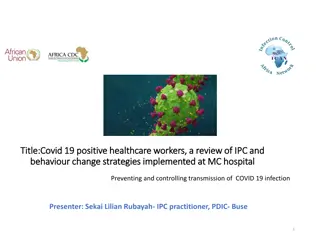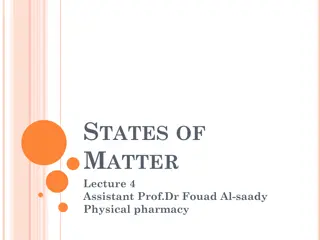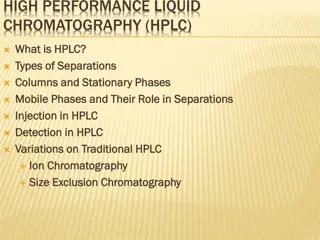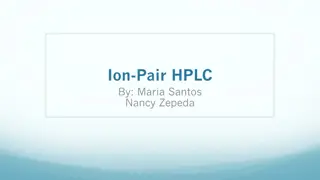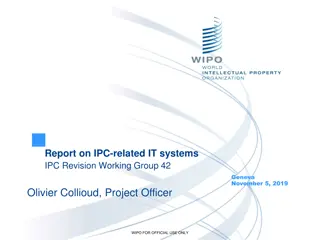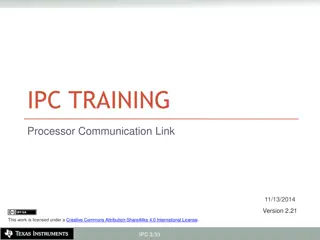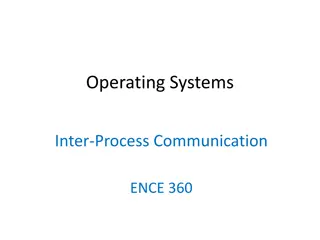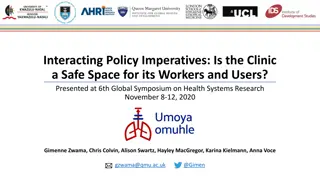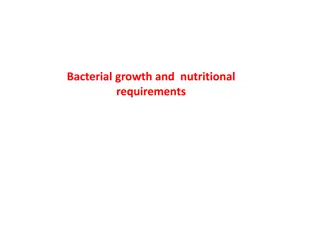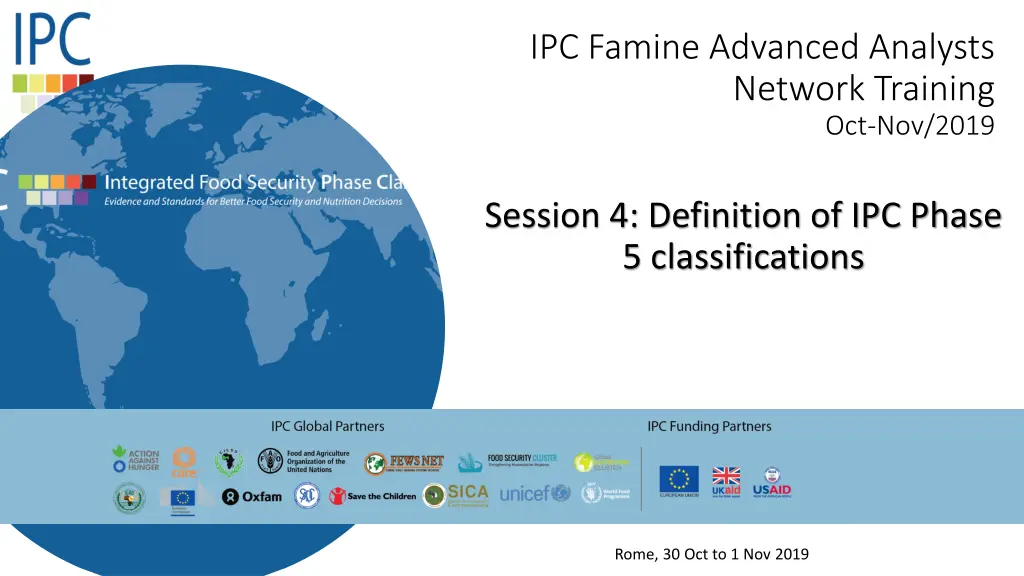
Understanding IPC Famine Definitions and Classification
Explore the various definitions of famine throughout history, including the rationale behind IPC Phase 5 classifications. Delve into the IPC Famine definition, malnutrition cut-offs, and the criteria for mortality in famine situations. Gain insights into the complexity of identifying and classifying famine based on malnutrition and mortality indicators.
Uploaded on | 1 Views
Download Presentation

Please find below an Image/Link to download the presentation.
The content on the website is provided AS IS for your information and personal use only. It may not be sold, licensed, or shared on other websites without obtaining consent from the author. If you encounter any issues during the download, it is possible that the publisher has removed the file from their server.
You are allowed to download the files provided on this website for personal or commercial use, subject to the condition that they are used lawfully. All files are the property of their respective owners.
The content on the website is provided AS IS for your information and personal use only. It may not be sold, licensed, or shared on other websites without obtaining consent from the author.
E N D
Presentation Transcript
IPC Famine Advanced Analysts Network Training Oct-Nov/2019 Session 4: Definition of IPC Phase 5 classifications Rome, 30 Oct to 1 Nov 2019
Content of the presentation Different famine definitions IPC Famine definition Rationale for decisions on cut-offs for malnutrition and mortality
Famine definitions Famines have been defined in different ways through history Some definitions focus on mortality Others focus also on social and societal aspects of famine Some later definitions do not mention mortality Devereux and Howe: "Famine is where the number of people dying is between 2-4 people per 10,000 population per day, and/or wasting is between 20-40 percent (that is the proportion of children aged between six months and five years old who are less than 80 percent of the average weight-for-height). Coping strategies are exhausted and people adopt survival strategies. Markets begin to close or collapse." President of Niger: There are three signs of a famine: when people are leaving the countryside and going to live in shantytowns; people are leaving the country; and there are beggars all over the place. Those three things do not exist in Niger at the present time. Merriam-Webster: an extreme scarcity of food De Waal: a crisis of mass hunger that causes many people to die over a specific perioD of time MFS: Famine is a situation where more than five people in 10,000 are dying every day.
IPC Famine Classification IPC Famine Definition According to the IPC, Famine exists in areas where at least one in five households suffer from an extreme deprivation of food. Starvation, extreme critical levels of acute malnutrition (at least 30 percent of children malnourished) and significant mortality, directly attributable to outright starvation or to the interaction of malnutrition and disease (at least 1 person for every 5,000 dies each day) are occurring.
Malnutrition in IPC Famine Classification Malnutrition Cut-off of 30% a compromise WHO cut-offs only reach until 15% RNIS cut-offs based on studies of refugee and IDP populations in the 1980 s.
Mortality and malnutrition by Howe and Deveraux
Mortality cut-offs 0.5/10,000/day: normal rate in developing countries <1/10,000/day: relief programme; under control >1/10,000/day: relief programme: very serious situation >2/10,000/day: emergency: out of control >5/10,000/day: famine: major catastrophe Hakewell and Moren, 1991 Howe and Devereux, 2004
Malnutrition cut-offs for IPC Recommendation for IPC from Young and Jaspers:
Mortality cut-offs for IPC Recommendation for IPC from Young and Jaspers: Hakewell and Moren, 1991
Mortality in IPC Famine classification IPC decision on mortality finally taken through consultations with mortality experts Final decision influenced by: Need to capture excess deaths and confirm a famine is ongoing BUT ALSO Allow HFA and other actions to still alleviate the situation Cut-off of 2/10,000/day expected to signal the beginning stage of a famine Expected mortality of children under 5 double of the CDR, as a result for IPC the cut-off for U5DR is 4/10,000/day




